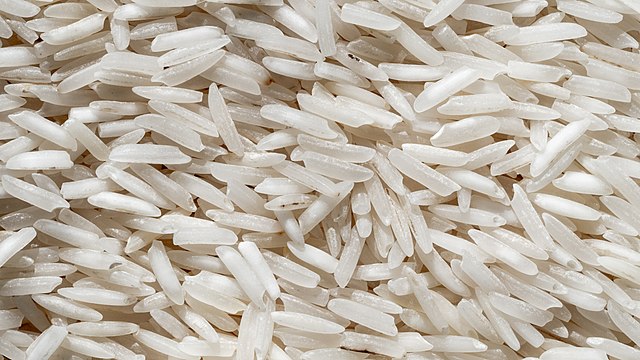India’s annual basmati sowing area will expand by 10% as farmers rush to plant short-season varieties to maximize favorable pricing.
Satish Goel, head of All India Rice Exporters Association (AIREA), forecasts 7 to 10% seasonal expansion for the short crop.
As a June to September Kharif grain, short-duration basmati enjoys the advantage of a quick maturity cycle that suits demand shifts.
Maturing in 4 months or 25 days early, the short-season type has been reaping an export windfall beginning late 2024.
This has helped India cash in on a global demand surge, which has increased exports of “1509” and “1718” basmati cultivars.
India shipped 6 million tonnes of basmati in the 2024-25 season, a significant annual increase. The tonnage rise attended the scrapping of the minimum export price cap in September 2024, following a productive monsoon.
Along with the international import surge, home customers have witnessed basmati prices rice to 52-58 rupees ($0.61-0.68) a kg.
Notably, retail prices have not maximized to the pre-harvest time rates of 62 rupees ($0.72) a kg in September 2024.
The current increments began in March 2025, which rules out the India-Pakistan border conflict of May as a cause.
Also favoring the price trend is the changing of hands in acreage between short- and long-season aromatic varieties.
As of 2024, short-duration cultivars occupied 46.3% of the basmati area in India while long-duration rivals represented 53.7%.
Long season paddy is also losing out in cultivated area to the fast-cycle alternative for cash competitiveness reasons.
This shift is true of the leading cultivation belt, namely Punjab, whose basmati acreage is roughly 1/3rd of the national area.
Therefore, India looks to extend its decade-long global lead in basmati exports as the basmati acreage grows this kharif. For more information on the short-season basmati sector of India, skim the below statistics.
India Short-season Basmati Statistics
Basmati, an aromatic long-grain type, is India’s main premium rice export. The country reaps 70% of the global basmati output, according to Expert Market Research. Helping increase this production are rising world-beating exports by India at 5.94 million tonnes (2024-25). This has, in turn, sparked the cultivation of short season (125-day maturity) basmati. Experts expect this surge to increase the total basmati area to over 3 million hectares (ha), above 2024-25’s 2.88 million ha.
What is the acreage of short–season basmati in India?
Out of the 2.88 million ha under basmati in India in 2024, 1.33 million hectares supported short-duration basmati. The acreage represented 46.3% of the national basmati area, with long season varieties taking the lion’s share at 53.7%.
Are basmati exports representative for India’s economy?
With basmati foreign trade growing significantly in 2024, the sector is increasingly fostering the economy. In the 2024-25 season, all basmati exports represented 1.34% of the national exports across all industries. The national press office puts basmati revenue at $4.018 billion per year, for the 2020-21 period. This is roughly the same revenue of all other rice types together, including white rice, at $4.796 billion (2020-21).
Which states produce most basmati (both short and long season)?
Punjab had 1 million ha of basmati area in 2024, with Haryana next at 970,000 ha. Rounding up the top 3 was western Uttar Pradesh at 810,000 ha.
